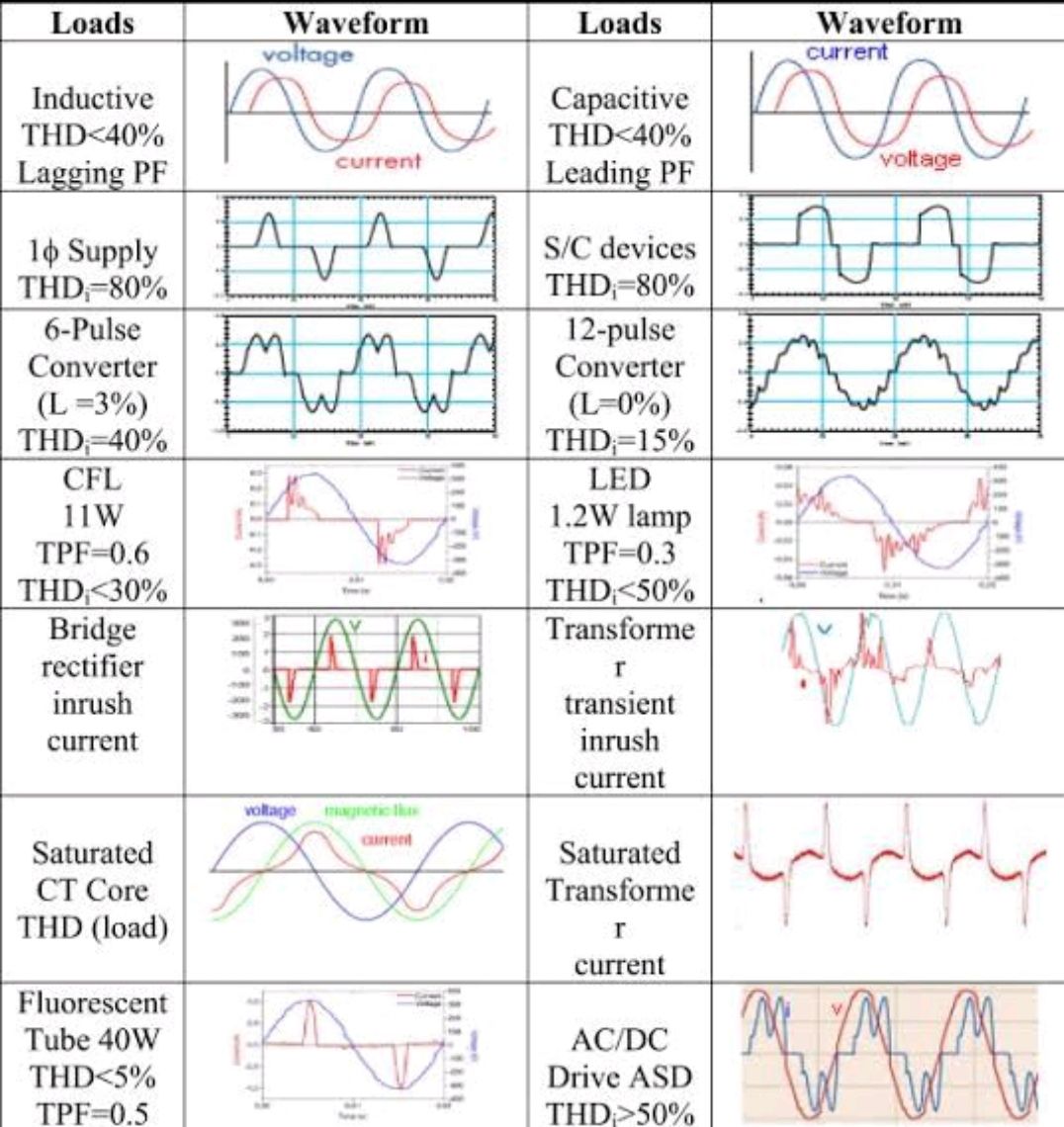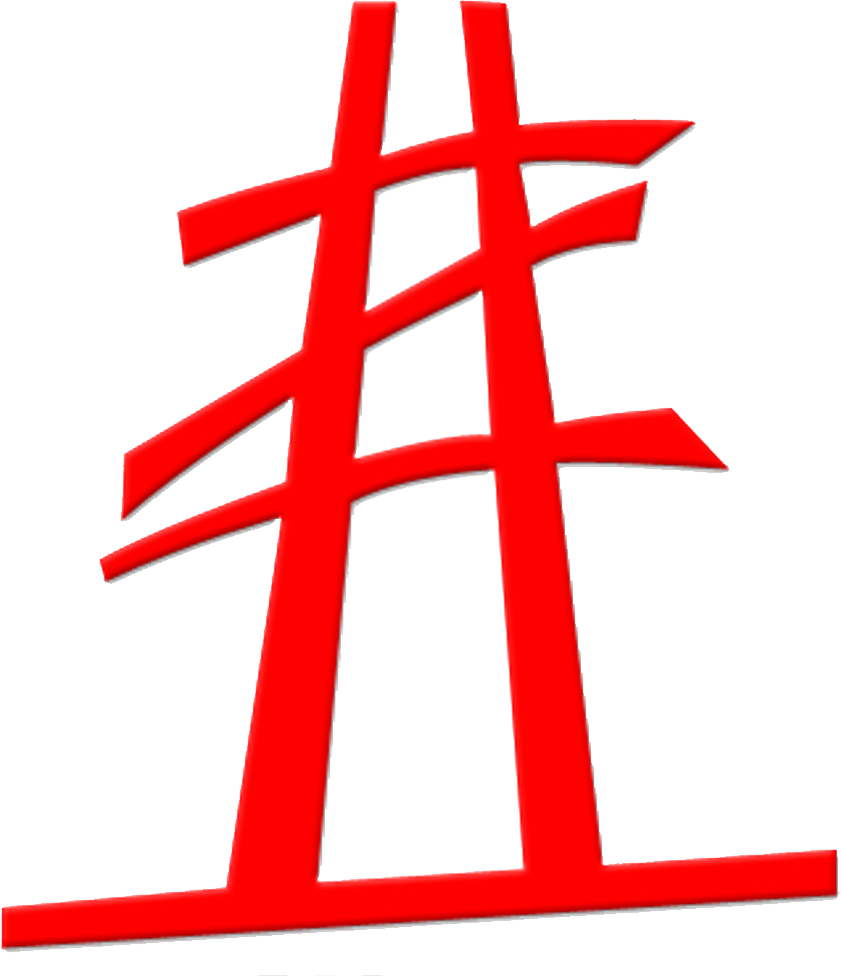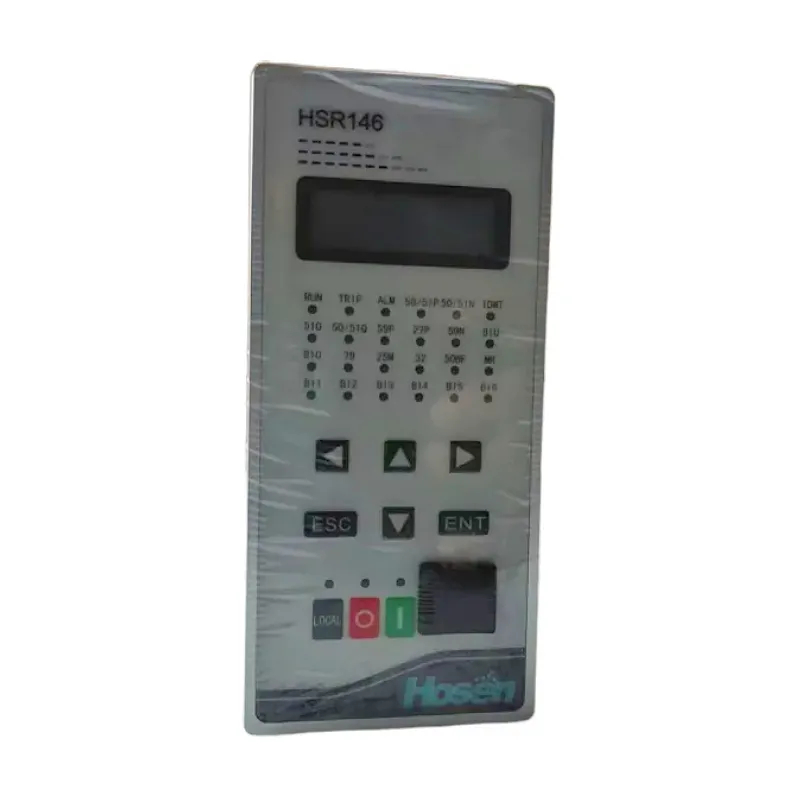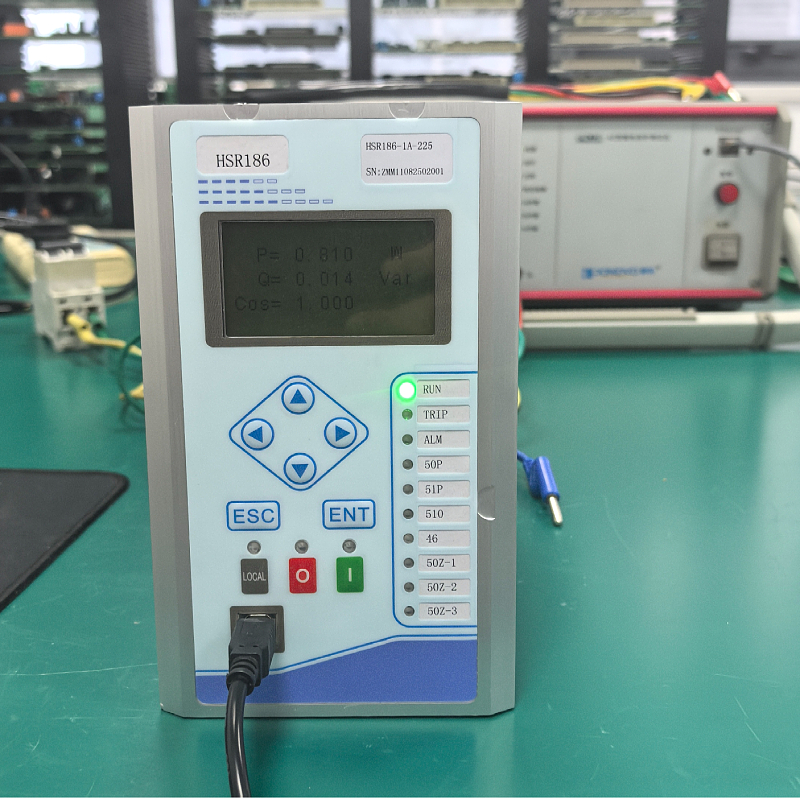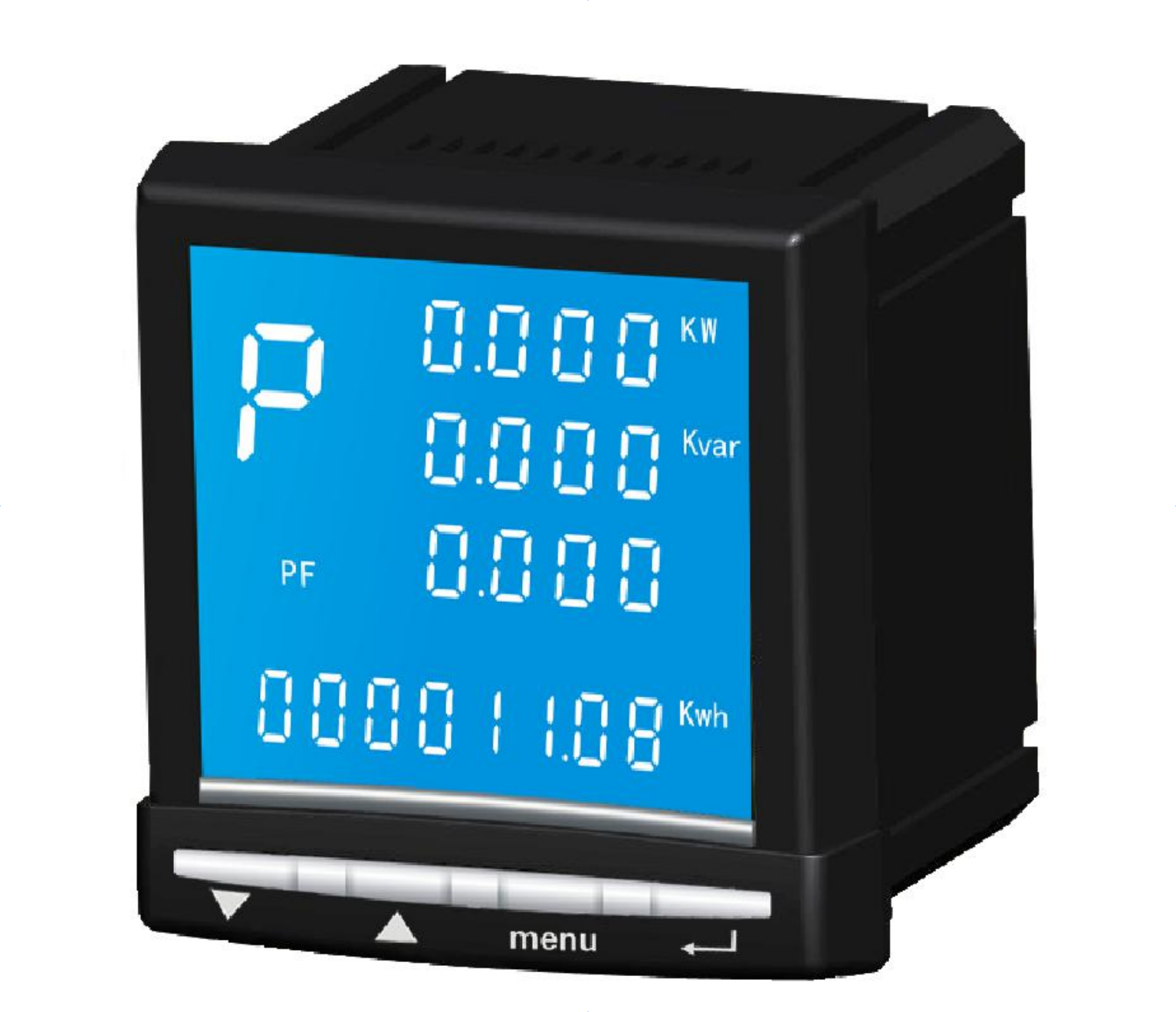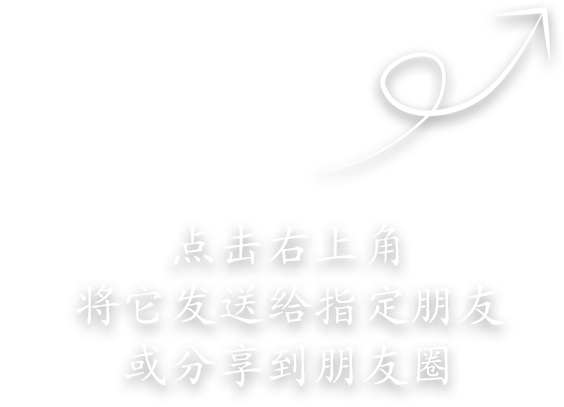Ever wondered how different types of electrical loads impact waveforms, power quality, and harmonic distortion? Let’s dive into the fascinating world of electrical waveforms and harmonics!
In modern electrical systems, understanding the characteristics of waveforms and their Total Harmonic Distortion (THD) is crucial for maintaining power quality. Here’s a quick guide to different types of loads, their waveform behaviors, and key insights:
Smooth sinusoidal waveforms for voltage and current
THD < 40% with leading power factor
Distinct waveform shift between voltage and current
High THD (up to 80%)
Irregular waveforms indicating poor power quality
THD ranging from 15% to 40% depending on the configuration
Enhanced performance with higher pulse systems
CFL and LED lights introduce THD of < 50% with varying TPF (True Power Factor)
Inrush currents in transformers and bridge rectifiers create transient distortions
Saturated cores and AC/DC drives contribute to substantial harmonic distortions
These waveform behaviors can significantly affect the efficiency of your electrical systems. Careful load management and harmonic mitigation strategies are essential for sustainable operations.
